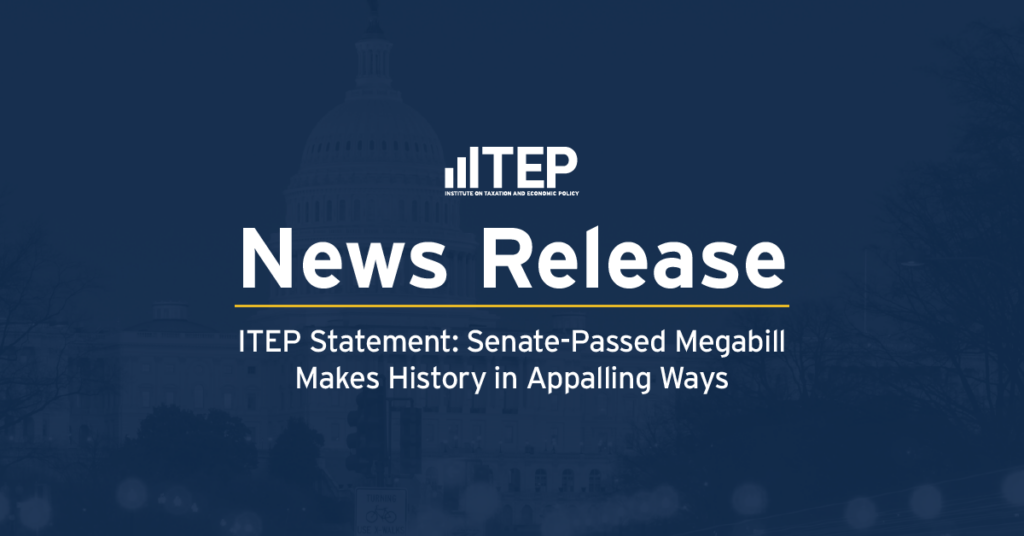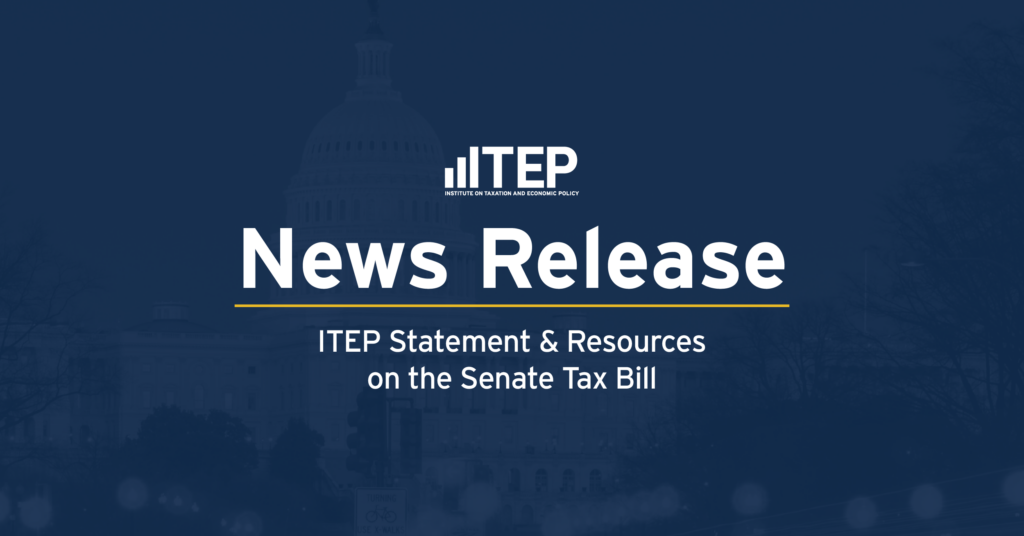Contact: Jon Whiten ([email protected])
Last month when the IRS announced the inflation-adjusted 2024 tax brackets, it also adjusted the basic exemption to the federal estate tax. Next year, an individual can leave behind an estate of $13.61 million without triggering the tax (for a married couple, that doubles to $27.22 million). Clearly, the estate tax – created in the early 20th century as a tool to guard against dynastic wealth and inequality – is falling short of those noble policy goals.
That’s because the tax has been subject to a 20-plus year attack that has left its reach at its lowest level ever – particularly after the enactment of 2017’s Tax Cuts and Jobs Act – despite widespread concerns about economic inequality and wealth concentration. The estate tax is one of America’s most progressive revenue sources, yet wide swaths of people believe it primarily affects middle-class and working families, due to decades of disinformation. This could not be further from the truth.
A new report released today by the Institute on Taxation and Economic Policy clearly shows how few heirs end up paying the tax, how that has decreased over time, and how even the boldest proposals in Congress would still leave 99 percent of estates untaxed.
Among the many tax policy decisions confronting Congress next year is what to do about the estate tax. The provisions in TCJA that have brought it so low will expire, and some lawmakers are already advocating for extending them, others will continue to push their proposals to eliminate it entirely, and still others will advocate for strengthening the tax. As this report makes clear, there is plenty of policy space to expand the estate tax while keeping it laser-focused on the wealthiest Americans who have greatest benefitted from the public investments we all finance through taxes.
The report’s key findings:
- In 2019, the most recent year for which data are available, only 8 of every 10,000 people who died left an estate large enough to trigger the tax. In other words, the estate tax that year affected just 0.08 percent of estates, down from over 2 percent in the late 1990s and 1 percent in the early 2000s.
- In 2019, 89 percent of the tax was paid by estates worth more than $20 million – and 59 percent was paid by ones worth more than $50 million.
- Less than 1 percent of adults would leave behind taxable estates under any proposal before Congress.
- While the federal estate tax rate is currently 40 percent and has, at times, been higher than 50 percent, the share of estate assets going towards the tax is almost always much lower and has averaged around 20 percent in recent years.
- The federal estate tax is paid by very few heirs in every state. In 30 of the 33 states for which the IRS provides data, a tenth of 1 percent or less of estates triggered the tax in 2019. The only exceptions are California (0.18%), Florida (0.15%), and New York (0.12%), and in each of those states the estate tax is still reaching far less than half of 1 percent of heirs.




